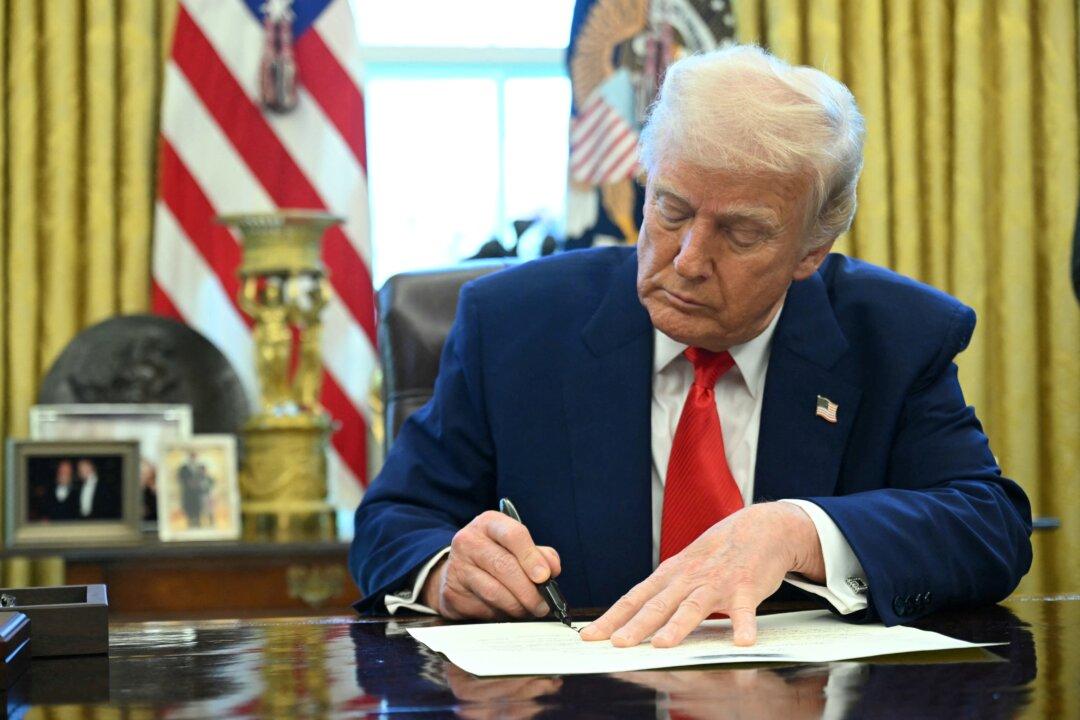The Sakhalin-1 oil and gas project in the Russian Far East appeared to have resumed operation after five months of suspension due to Exxon’s withdrawal, as the first tanker departed the terminal on Oct. 30.
Russian state oil company Rosneft said on Aug. 4 that the last oil tanker left the De Kastri terminal on May 6, and that from May 15, oil production at the Sakhalin-1 project had almost stopped.
Japan Retains Stakes in Sakhalin-1
Japan’s government said Tuesday that it would retain its stake in the Sakhalin-1 project and called on Japanese consortium members to join the new Russian entity, citing its important role in Japan’s energy security.The Japanese consortium owns 30 percent of the Sakhalin-1 project. Industry Minister Yasutoshi Nishimura said that Japan was highly dependent on Middle East crude oil.
“The Sakhalin-1 is extremely important for Japan’s energy security as it is a valuable source outside of the Middle East,” Nishimura told reporters.
The move was expected as Nishimura has repeatedly said the project is important for the resource-poor country to diversify its procurement sources, and as Japanese companies have stayed in the Sakhalin-2 gas and oil project, which is also under a new Russian operator.
Japanese corporations Mitsui and Mitsubishi each hold 12.5 and 10.5 percent stakes, respectively, in the Sakhalin-2 project, while Russia’s state-run Gazprom PJSC owns 50 percent. Shell, which holds a 27.5 percent stake, exited the project in response to the war in Ukraine.
Russia is Japan’s fifth-largest liquefied natural gas (LNG) supplier, accounting for about 8 percent of the country’s consumption. The Sakhalin-2 oil and gas project was one of Japan’s main LNG supply sources, with an annual capacity of 9.6 million tons.





